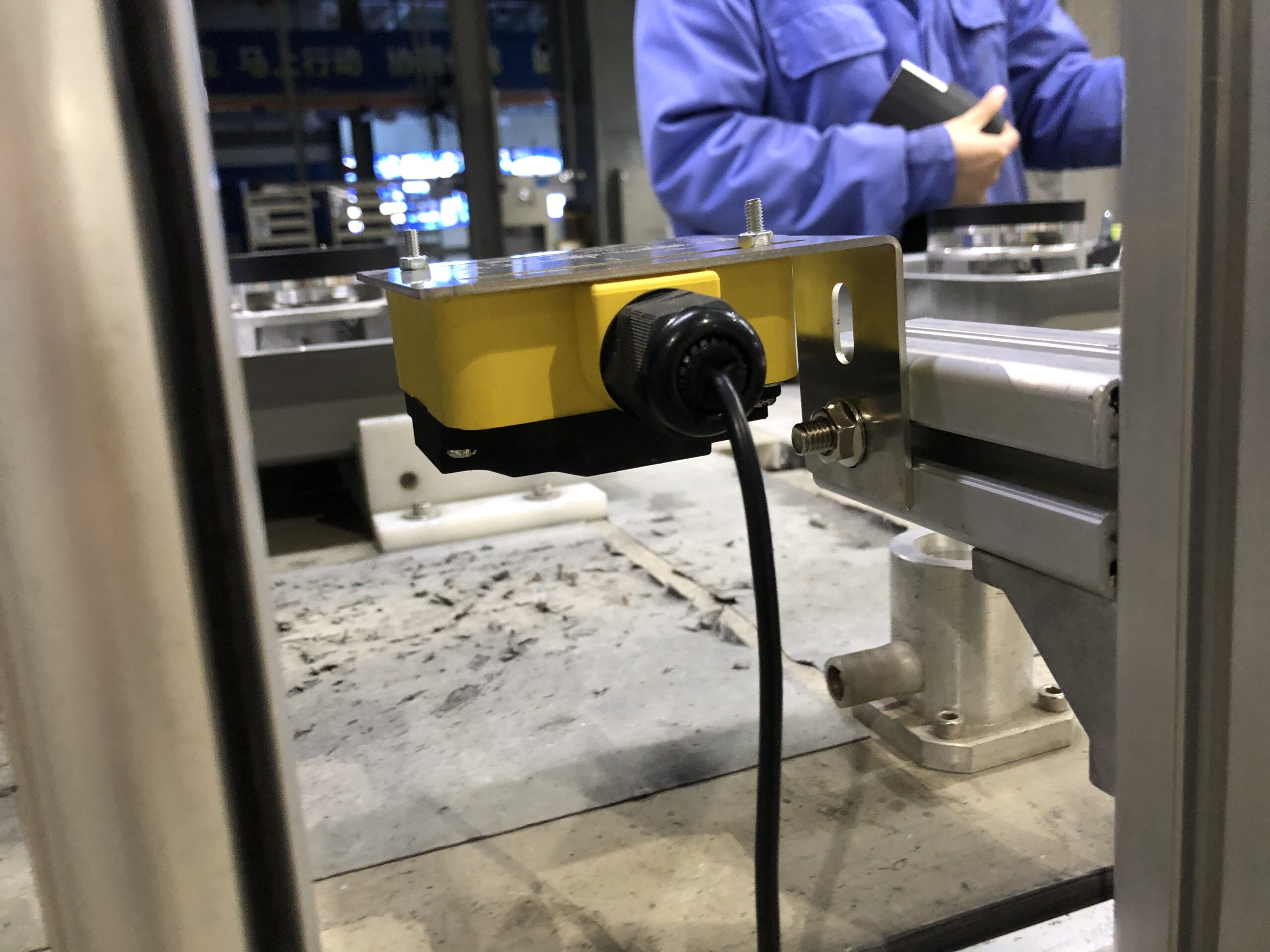
IRFID Industrial Reader Based on RFID Technology
RFID (Radio Frequency Identification) is a non-contact automatic identification technology that utilizes radio frequency signals to autonomously identify target objects and retrieve relevant data. Unlike traditional methods, this technology requires no manual intervention and excels in harsh environmental conditions. Notably, RFID systems can recognize high-speed moving objects and simultaneously process multiple tags, ensuring rapid and efficient operations.
Operational Principle
Product Overview: QW-103 UHF RFID Industrial Reader
Based on advanced RFID technology, the QW-103 UHF RFID Industrial Reader is specifically designed for demanding industrial environments. A complete RFID system comprises three core components: a reader, an electronic tag, and an application software system.
Working Mechanism
The reader emits radio wave energy at a specific frequency to activate the electronic tag. Once energized, the tag’s internal circuit transmits stored data back to the reader. The reader then decodes this information and relays it to the application software for further processing. This seamless interaction enables real-time data capture and analysis.
System Advantages
The QW-103 RFID Industrial Reader offers distinct advantages tailored for industrial applications:
- Flexibility and Ease of Use
As a highly adaptable technology, RFID simplifies automation control with its user-friendly design. It supports both read-only and read-write modes, eliminating the need for physical contact or precise alignment during operation. - Robust Performance in Harsh Conditions
Short-range RFID variants withstand challenging environments contaminated by oil, dust, or moisture, making them ideal for replacing barcodes in settings like factory assembly lines. Long-range models, with recognition distances extending to tens of meters, are optimized for transportation applications such as automated toll collection and vehicle identification. - Efficiency and Scalability
The system’s ability to process multiple tags simultaneously and track high-speed objects ensures unparalleled operational efficiency. This scalability makes it suitable for diverse industrial workflows, from inventory management to logistics tracking.
By integrating cutting-edge RFID capabilities, the QW-103 empowers industries to achieve higher accuracy, reduced labor costs, and enhanced operational resilience.









